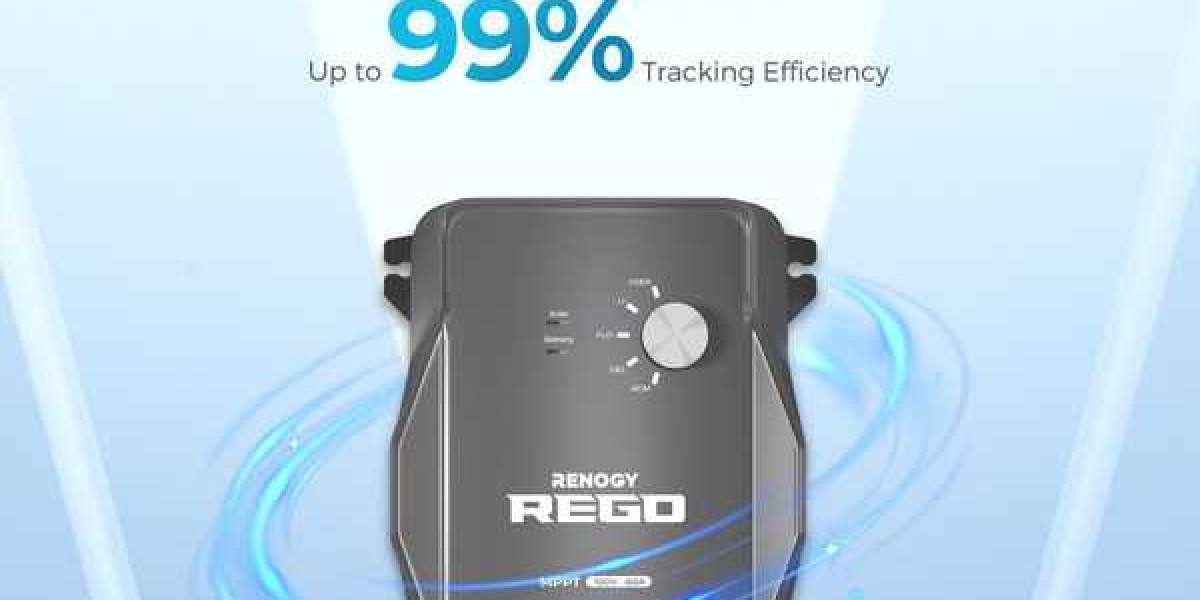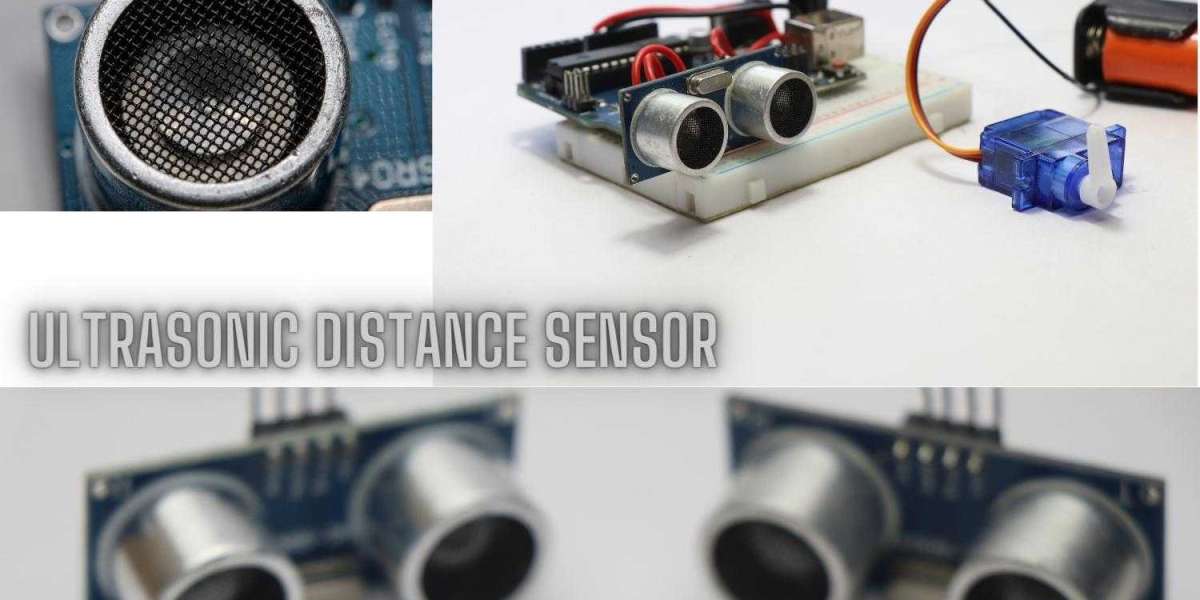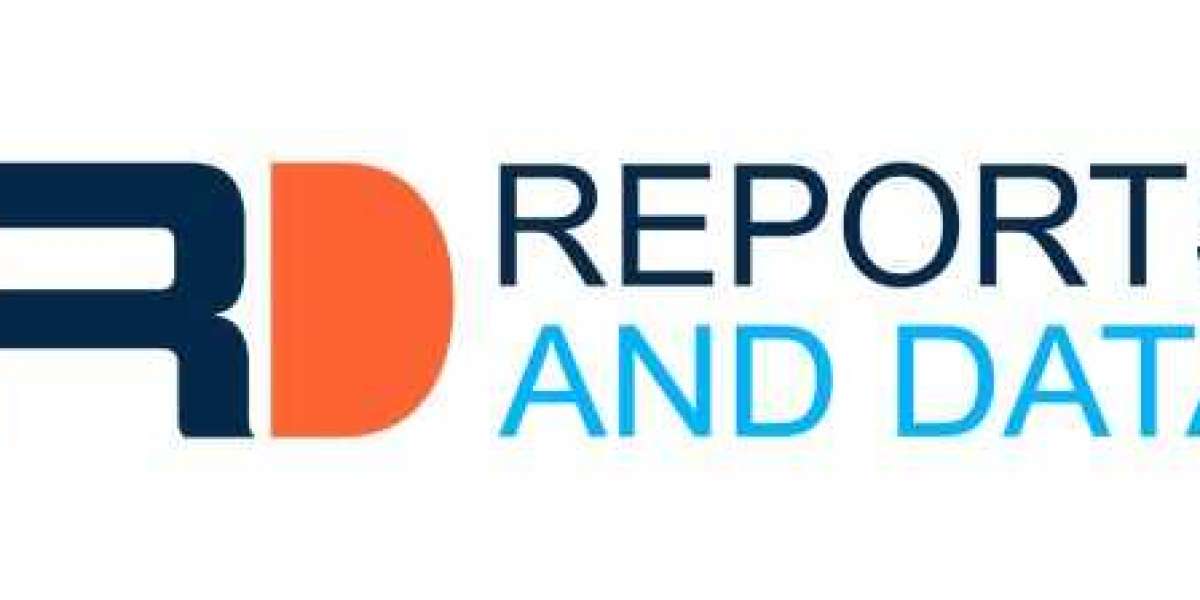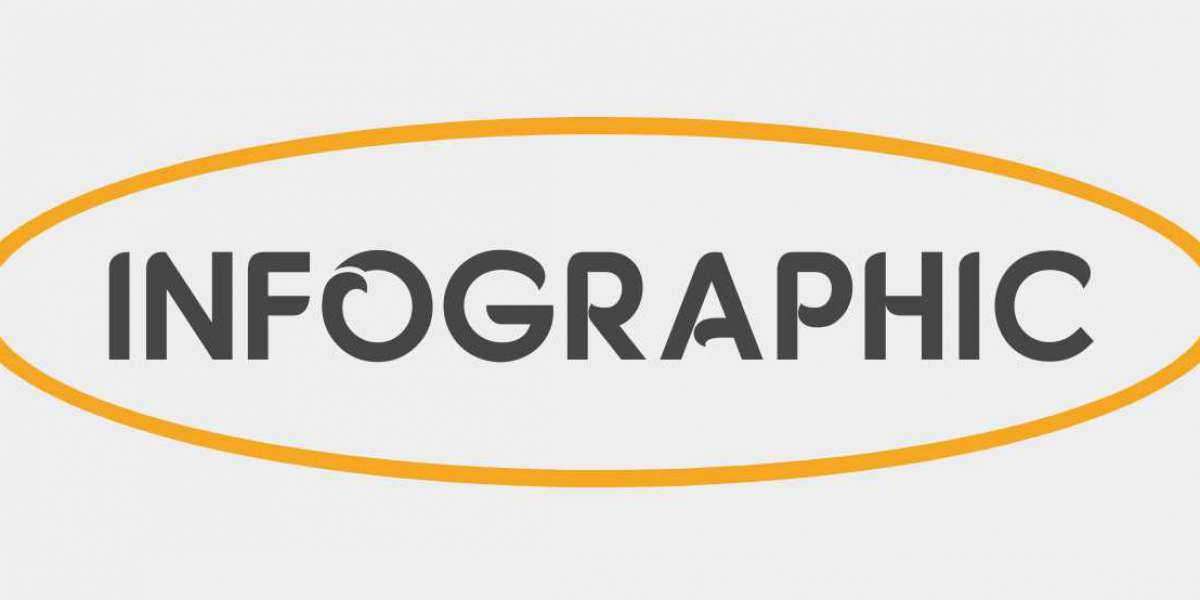Regulators otherwise known as solar controllers are a big part of a solar panel set-up, especially for whole-house and commercial units.
Since solar panels vary from handheld devices to mile-wide systems, there are variations in the setup and components required.
Typically for a solar panel set-up, you’ll need;
A Solar Panel or Set of Panels (depending on how much energy you hope to capture based on your needs)
A Battery or Battery Bank (depending on how much energy you need to store)
A solar regulator/Controller (to gauge and regulate the current flow between the two)
The most essential part of this combination is the solar panels and we’ll take a look to see if you need a regular.
What Does A Regulator Do On A Solar Panel?
The solar panels collect the sun’s rays, and the batteries store the energy…. What else could you possibly need, right?
Well, the fact of the matter is that solar panels can essentially harness unlimited amounts of energy, BUT your battery bank isn’t usually capable of holding an infinite amount of energy.
That’s where a regulator comes in handy – it’s a piece of equipment installed between the panels and the battery that “regulates” the amount of energy flowing through and ensures that the system runs smoothly and does not overheat.
A solar charge regulator is generally part of a standard solar system and is an affordable piece of the puzzle to help your set-up function even when there are all sorts of watts and numbers to factor in.
Other common names for “solar charge regulators” are both “solar charge converters” and simply “charge controllers,” so feel free to use these terms interchangeably.
Where Do You Place A Solar Controller?
The solar controller is installed between the solar panel and the battery to regulate the energy flow.
A controller can be a part of the panel itself, but you’ll usually see it as a standalone gadget that both your panel and your batteries connect to during the set-up process.
Can I Use A Solar Panel Without A Charge Controller?
You can use a solar panel without a charge controller but it is not advisable. Without one it becomes a risk to the system and a potential hazard. There are exceptions when a controller is not required.
Connecting the panel directly to the battery without using some type of regulating mechanism is straightforward enough in terms of wiring.
However, neglecting to install a solar charge controller may lead to both electric surges as well as the danger of overcharging – and therefore ruining – the batteries in your battery bank.
It might sound counterintuitive, but you can actually overcharge batteries, and it is not ideal. Besides wasting the excess electricity, the battery itself contains fluids and acids that could be disturbed or overheated while it’s overcharging, and the entire battery could be destroyed due to this misuse.
You could actually have an explosion on your hands if you’re not careful!
Having a trustworthy charge controller installed between the panels and the batteries will make all your equipment run more efficiently and last longer overall.
There are however exceptions for smaller units that have in-built controllers and in this case, you wouldn’t need one.








